Erato, one of the nine Greek Muses, has a long-standing association with erotic poetry. In this painting, Quebecois painter Ozias Leduc (1864–1955) represents her nude, standing, her head lifted and her abundant hair falling down her back. The woodland setting seems especially favourable for the artist’s encounter with the beloved woman, including the one desired above all others—the muse, who carries within her the source of creative power and allows the artist to give birth to his art. It was a frequent theme in visual art at the end of the nineteenth century, such as in the work of the Pre-Raphaelites, the Symbolists, the Nabis, and even the Fauves.
![Ozias Leduc, Erato (Muse in the Forest) (Erato [Muse dans la forêt]), c.1906](/wp-content/uploads/2020/09/spotlight_109_ozias-leduc-erato-article-image.jpg)
Ozias Leduc, Erato (Muse in the Forest) (Erato [Muse dans la forêt]), c.1906
Oil on cardboard, 27.9 x 22.9 cm, National Gallery of Canada, Ottawa
For Leduc, the muse and the mountain were inextricably entwined; Mont Saint-Hilaire was a universe into which his imagination projected the sacred and the spiritual. In his “L’histoire de S.-Hilaire on l’entend, on la voit” (The Story of Saint-Hilaire Is Heard, Is Seen), he describes it as “full of the dream images that populate the accidental material world,” and continues, “We are in the domain known to the chosen artists, to the poets, to the masters of sound, a sacred and limitless domain.”
This Spotlight is excerpted from Ozias Leduc: Life & Work by Laurier Lacroix.
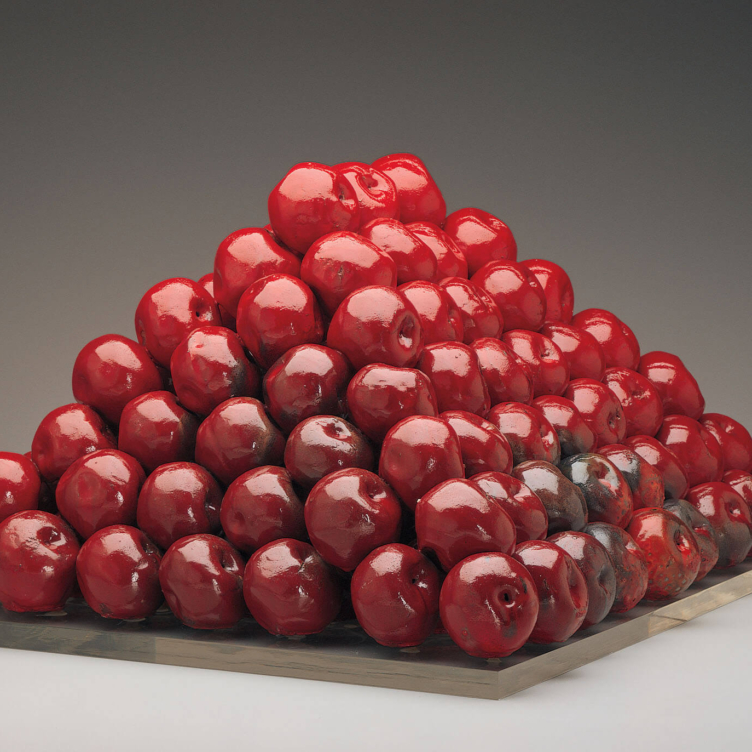 Pyramid Scheme
Pyramid Scheme
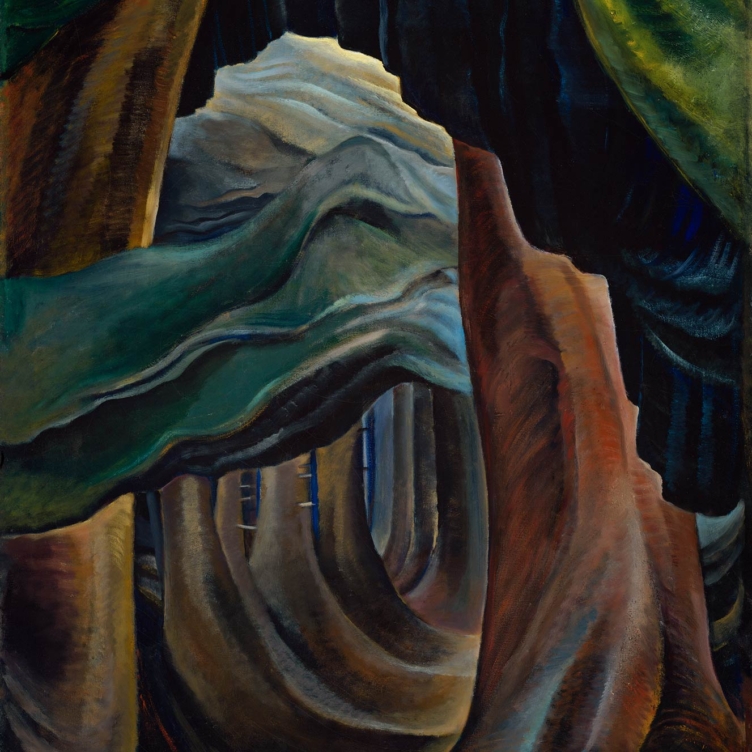 Transportive Trunks
Transportive Trunks
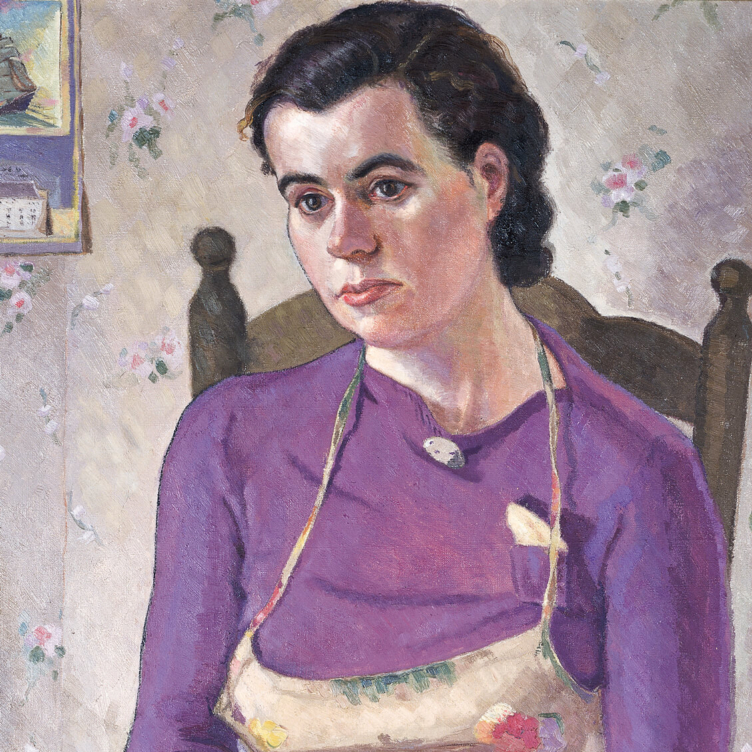 The Military Mate
The Military Mate
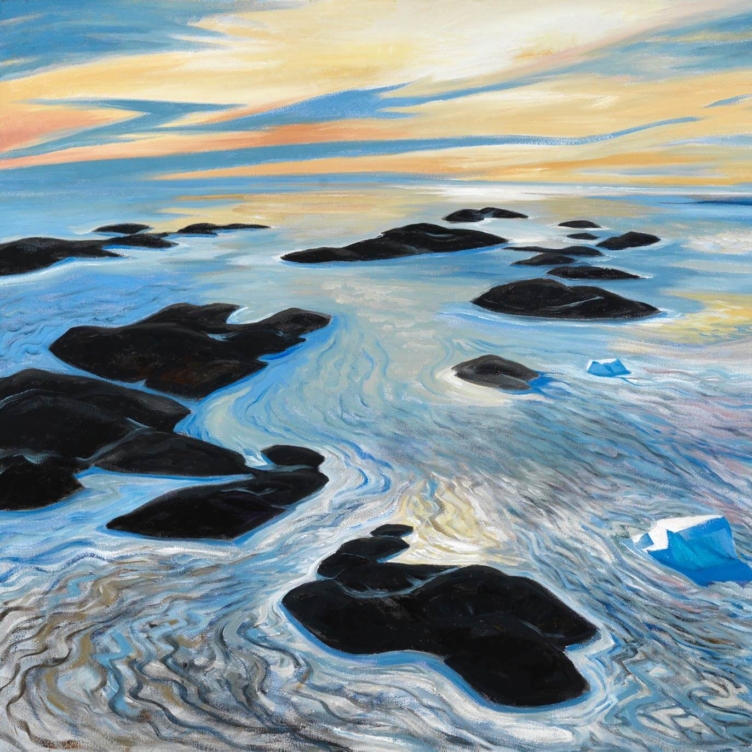 Looking Up on the World
Looking Up on the World
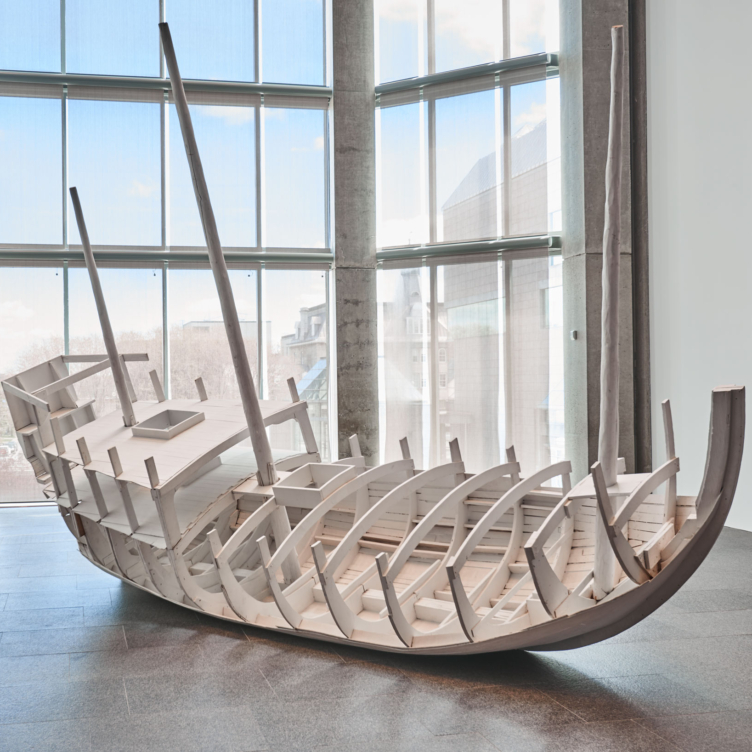 Vessel of Despair
Vessel of Despair
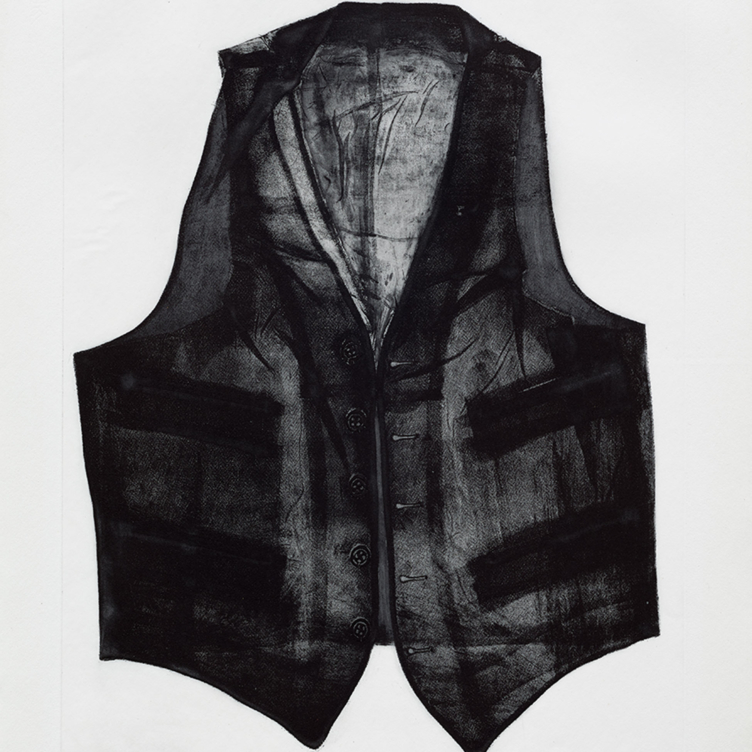 Layers of Meaning
Layers of Meaning
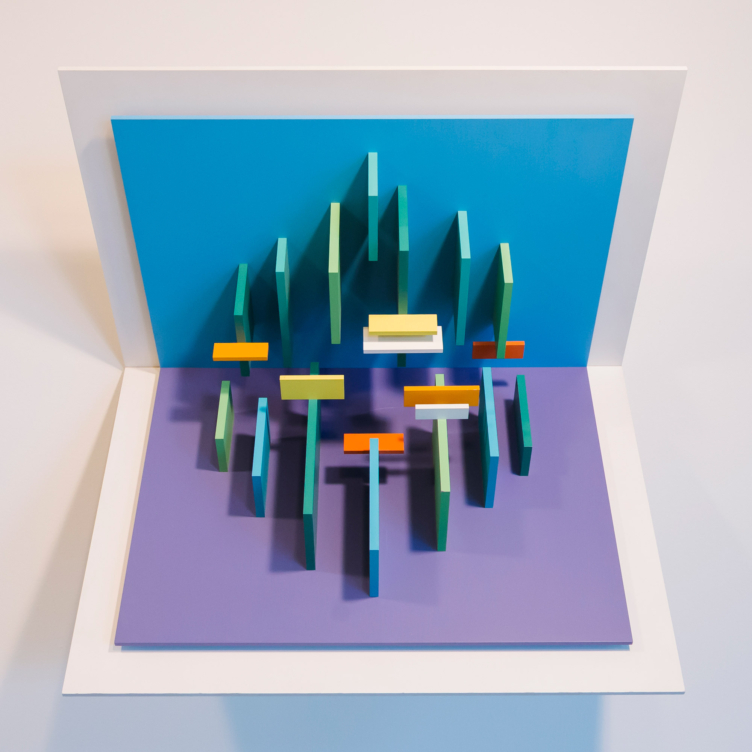 In Parallel to Nature
In Parallel to Nature
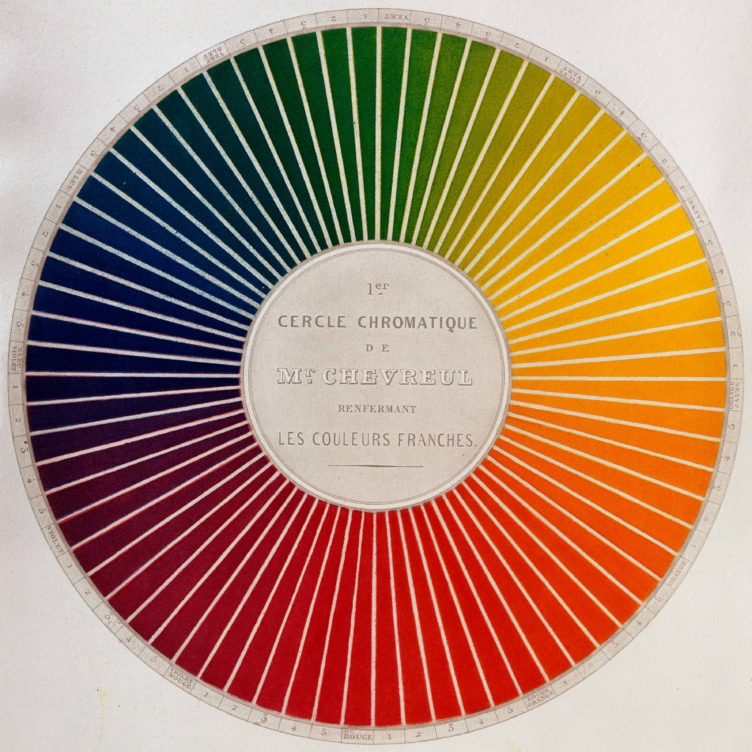 Wheel of Fortune
Wheel of Fortune
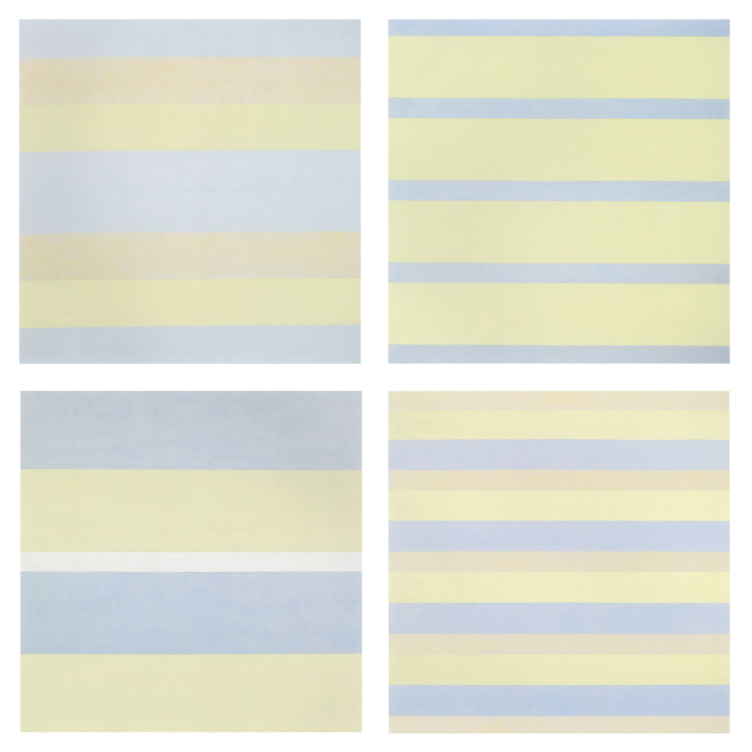 Paintings after emotional states
Paintings after emotional states
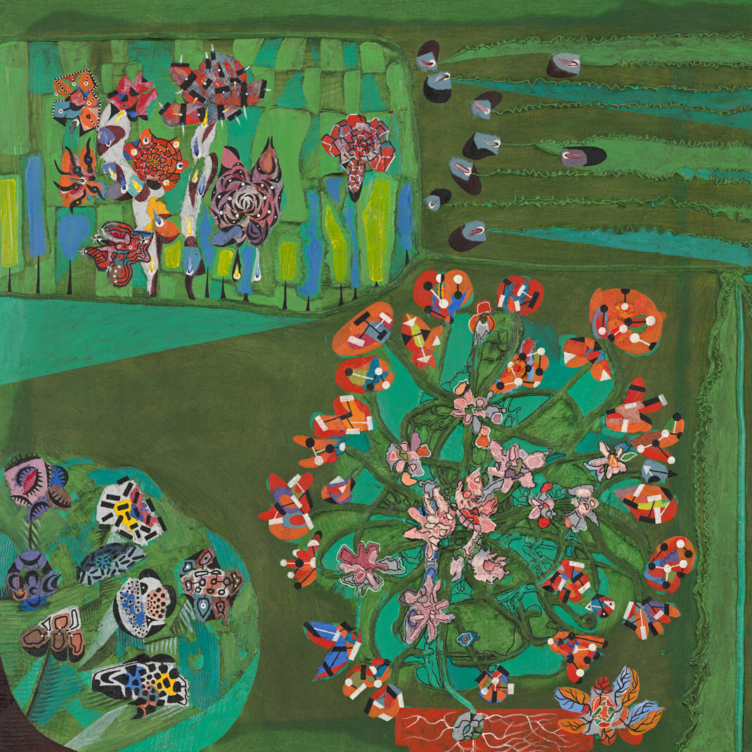 Garden of Delight
Garden of Delight
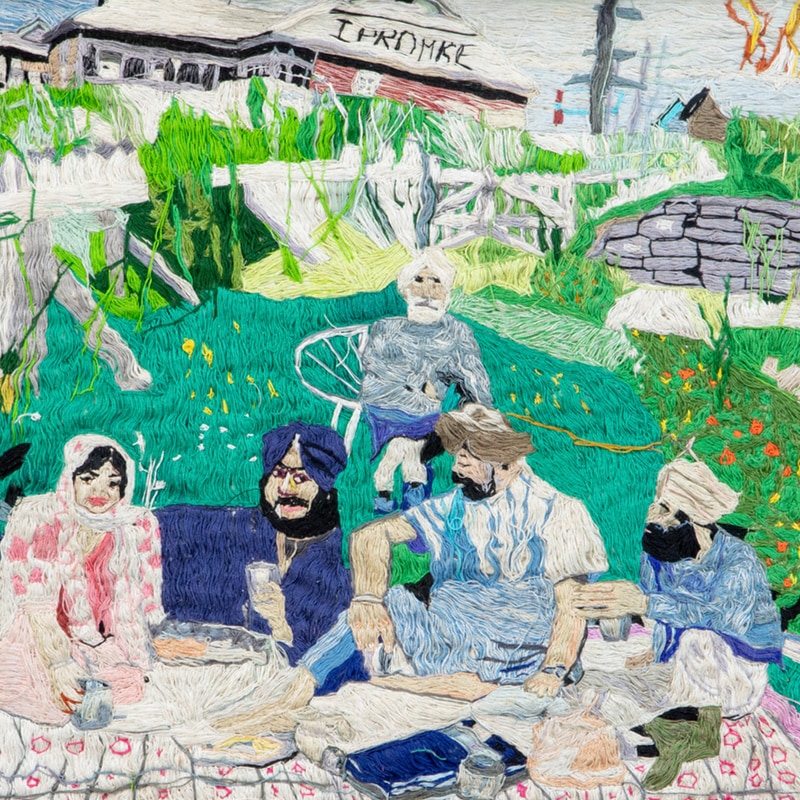 Stitching the Archives
Stitching the Archives
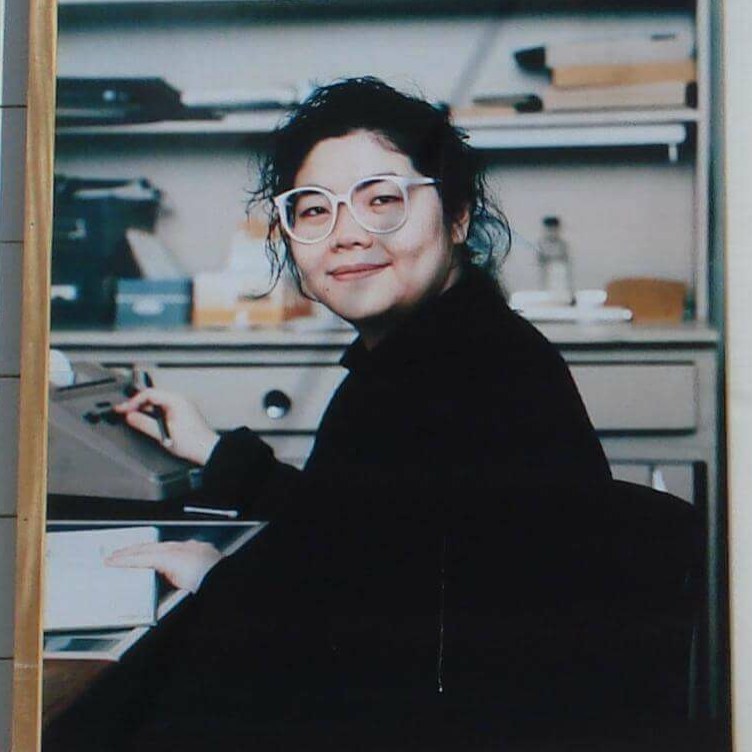 A Working-Class Hero
A Working-Class Hero
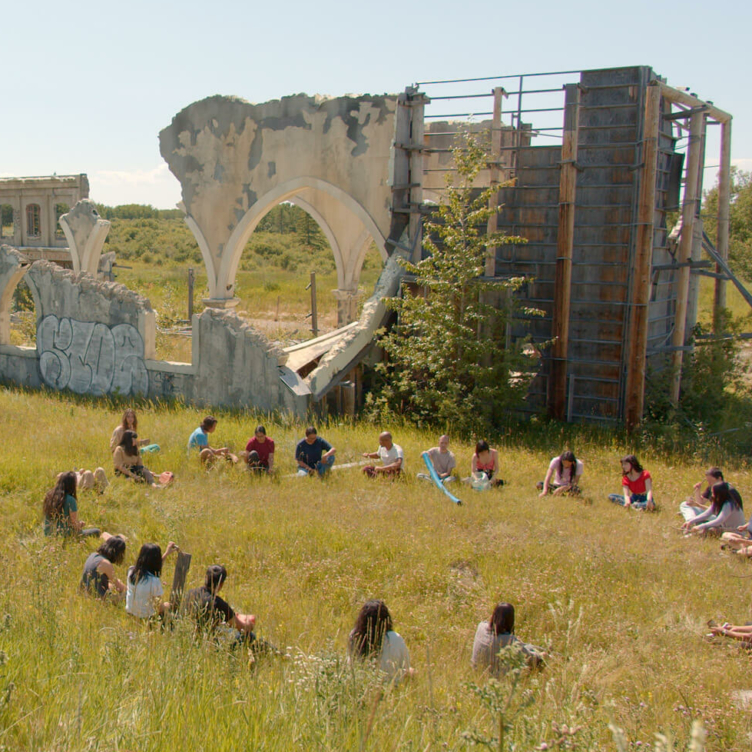 Imagining Entangled Futures
Imagining Entangled Futures
 Bridging Far and Near
Bridging Far and Near
 Soft Power
Soft Power
 Imagining Emancipation
Imagining Emancipation
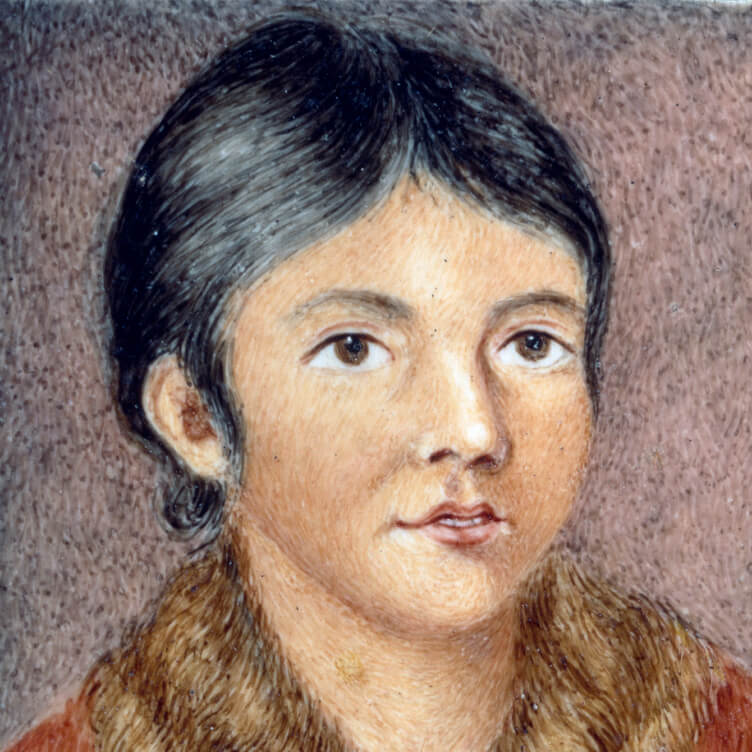 A Priceless Portrait
A Priceless Portrait
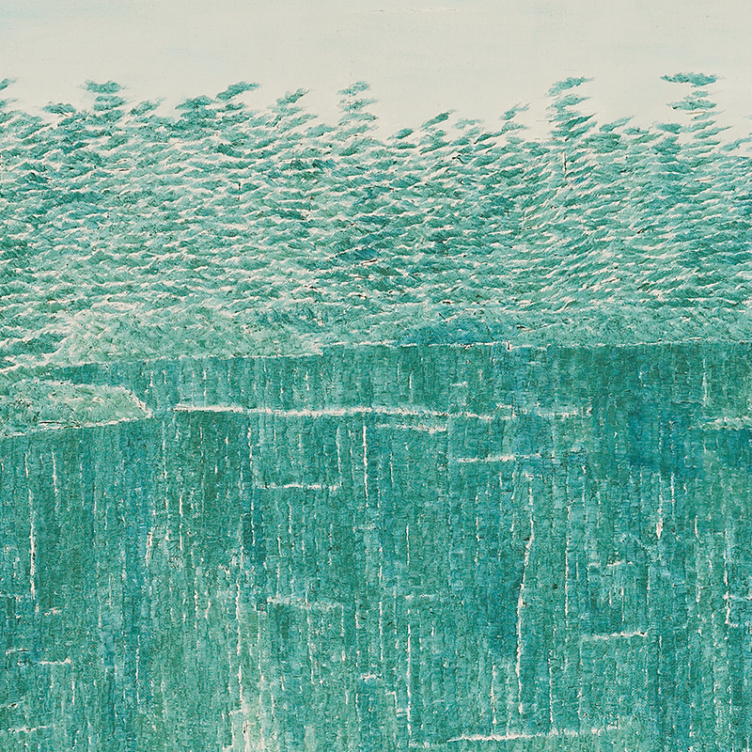 Meditation in Monochrome
Meditation in Monochrome
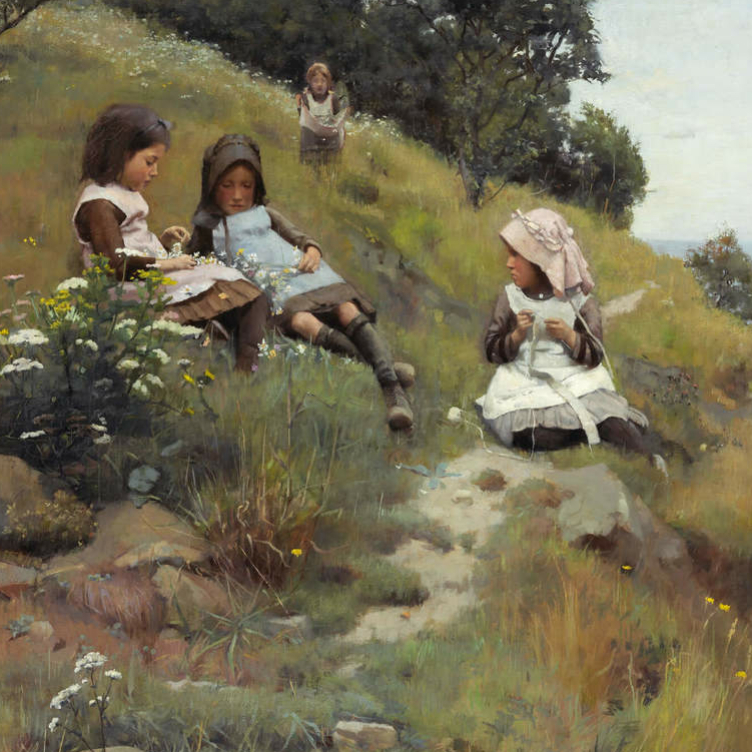 Making His Mark
Making His Mark
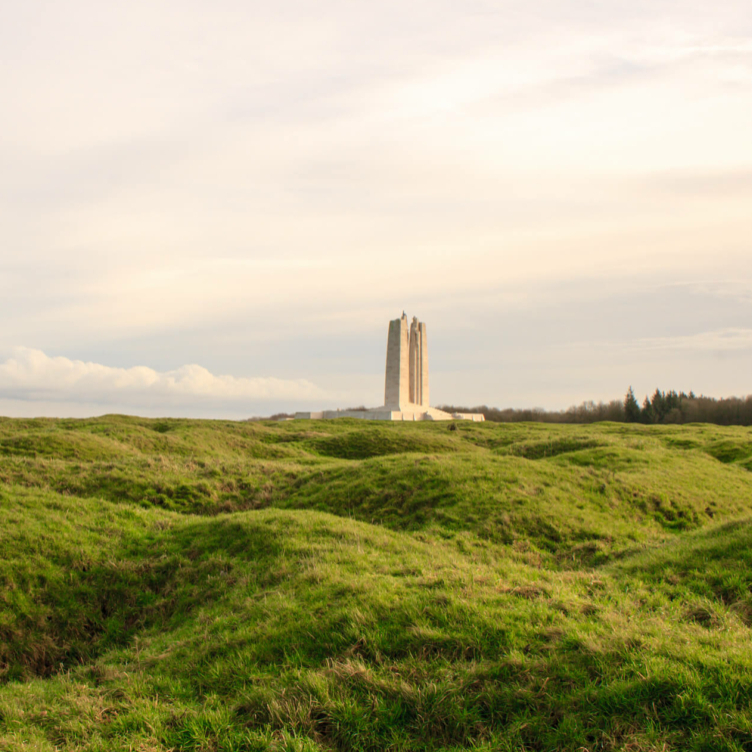 Honour and Sacrifice
Honour and Sacrifice